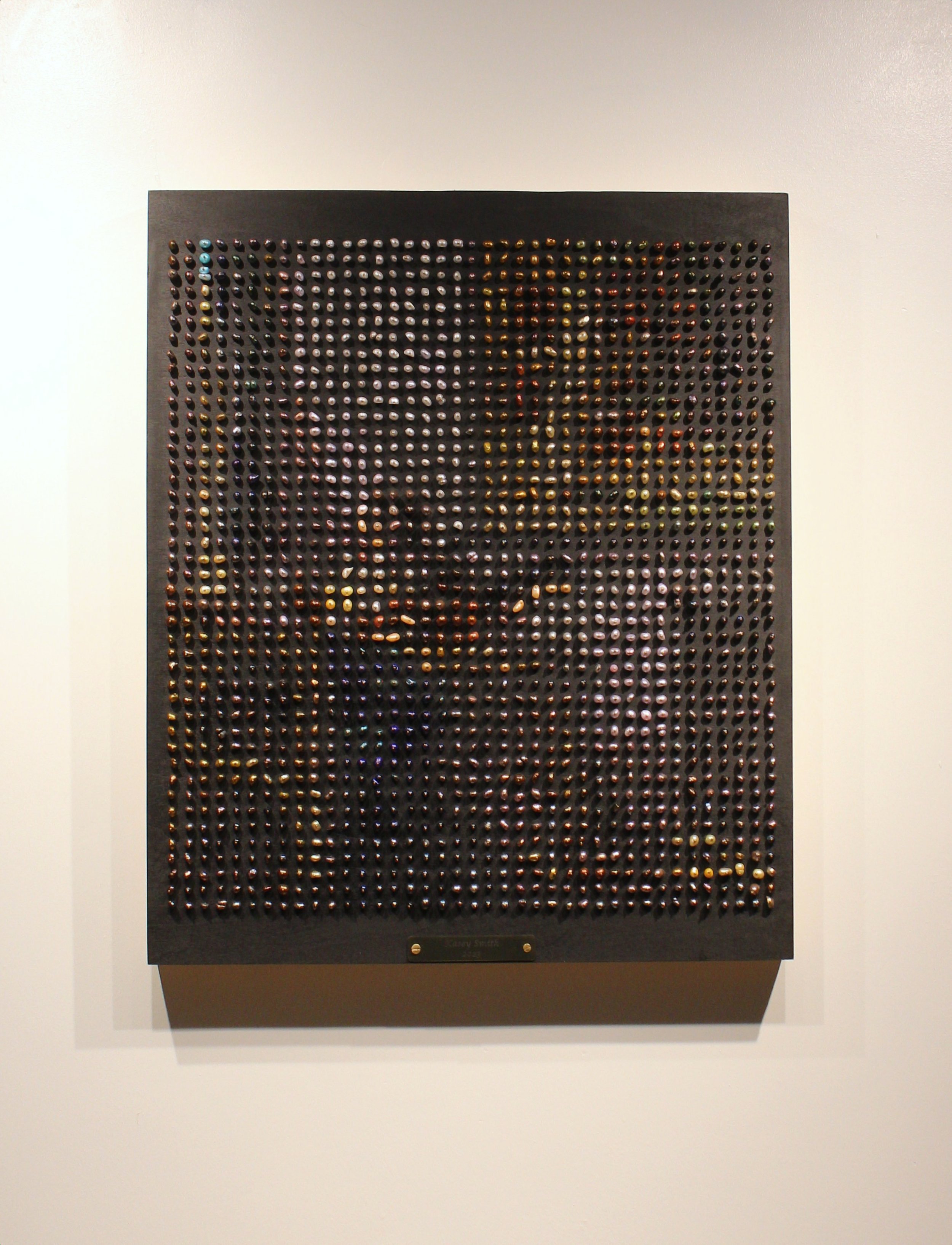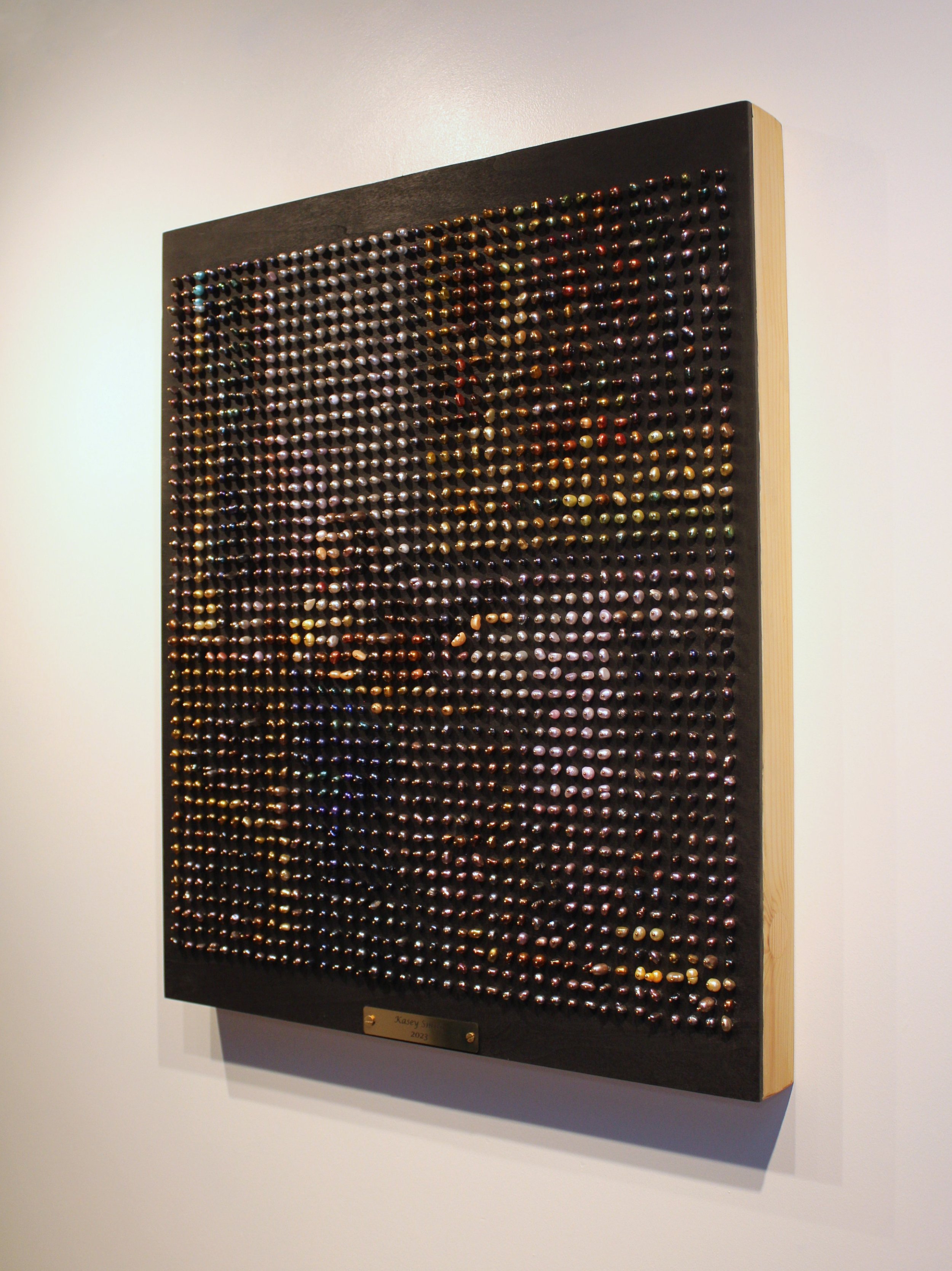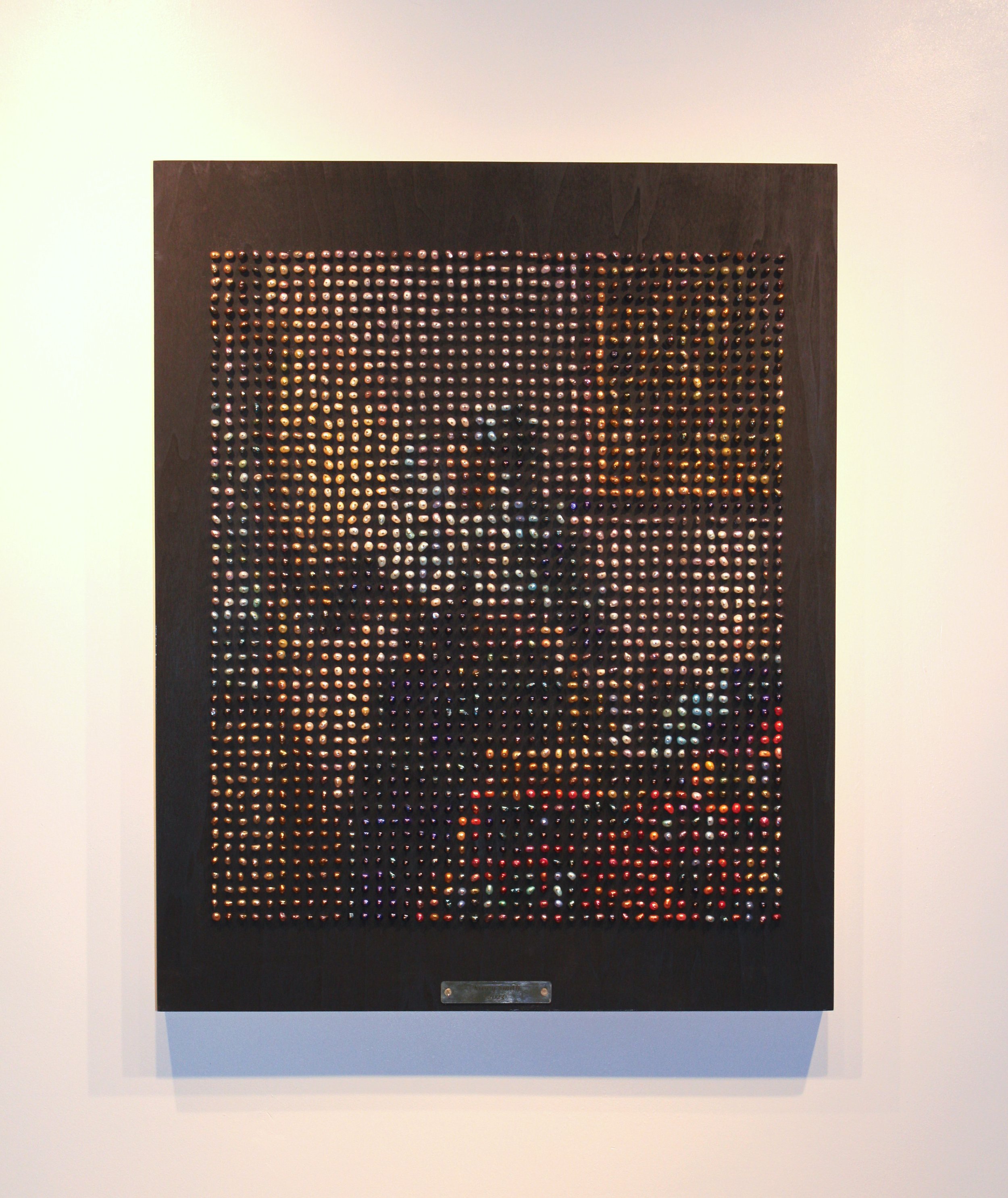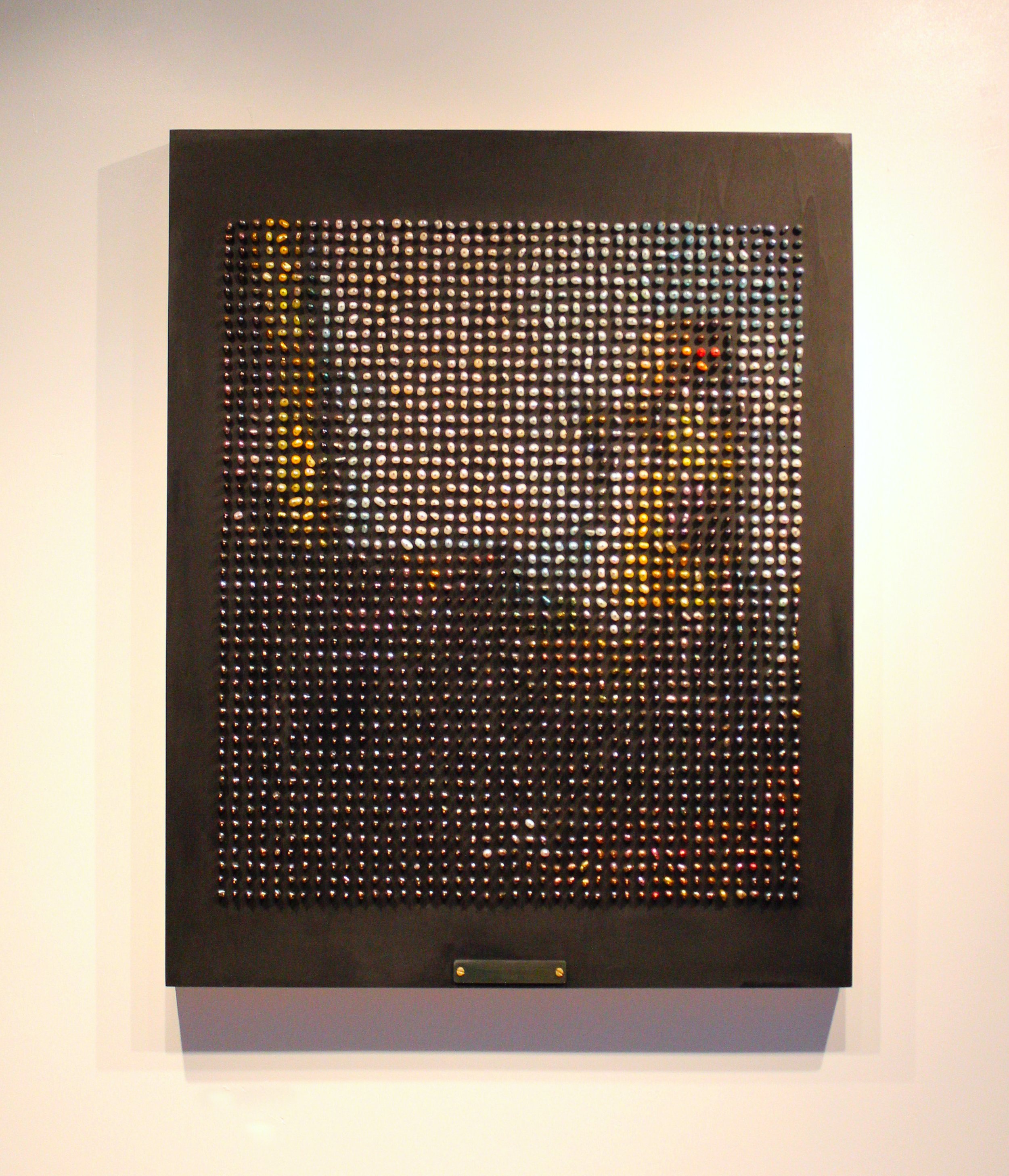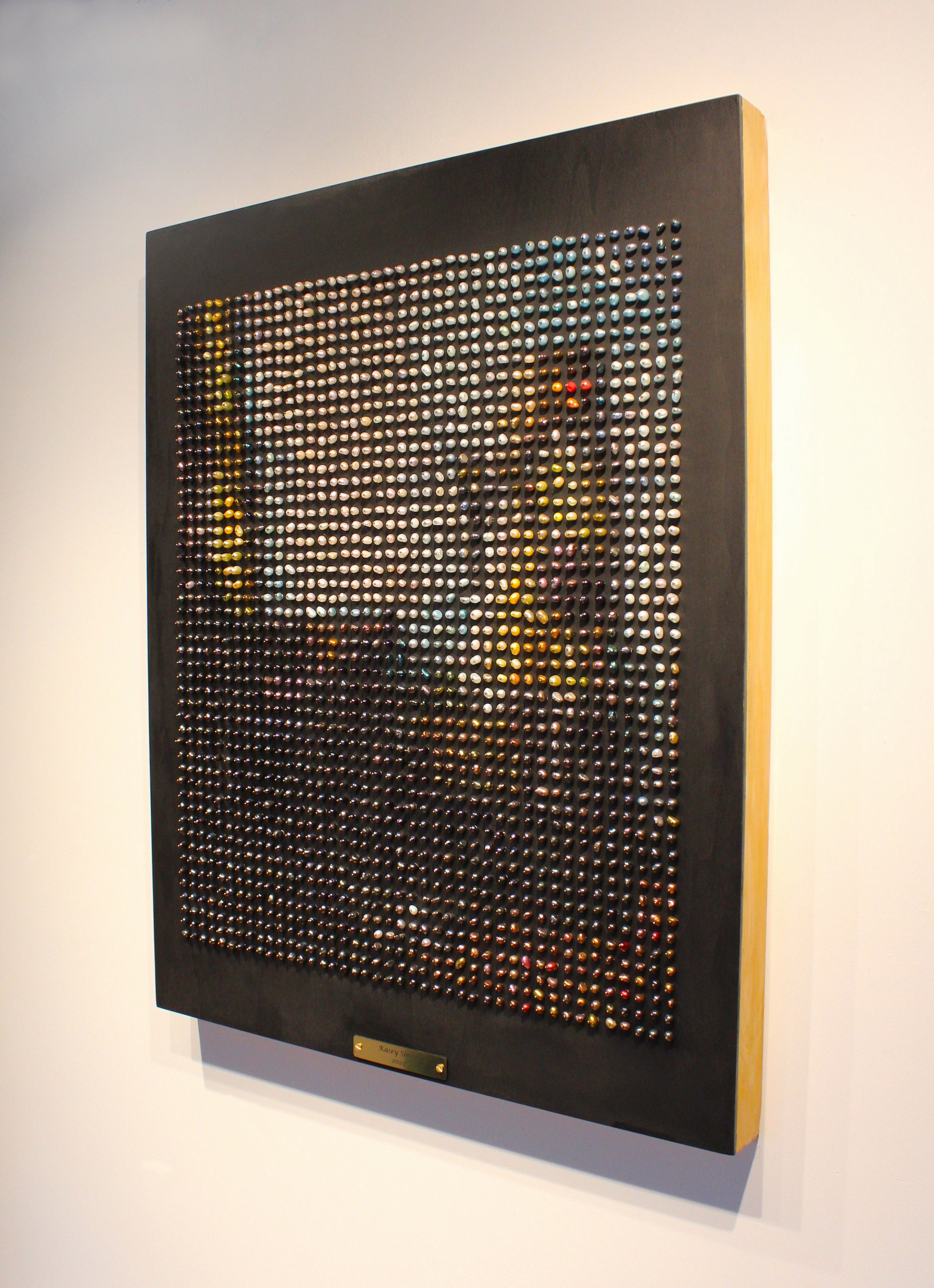Pixelated Pearl Vermeers
Using pearls to explore solitude, femininity, class, and ways of seeing in the works of Johannes Vermeer.
“Thanks to art, instead of seeing one world only, our own, we see that world multiply itself and we have at our disposal as many worlds as there are original artists, worlds more different one from the other than those which revolve in infinite space, worlds which, centuries after the extinction of the fire from which their light first emanated, whether it is called Rembrandt or Vermeer, send us still each one its special radiance.” ”
There is no painter more Dutch than Vermeer. The other greats? Most casual viewers think Rembrandt was Italian (I did for embarrassingly long). And Van Gogh is far too French-adjacent (despite all those early peasant paintings). And beyond that? There’s Mondrian and Bosch and a sea of long-dead Jan and Frans and Hans named painters. But the national imagination and artistic reputation rests in outsized part upon Vermeer and his slim thirty-six surviving works.
A painter of middle class domestic spaces and the women who inhabited them, he is of course most famous for his “tronie”style portrait Girl with a Pearl Earring. Her face stares out at you from a hundred Amsterdam souvenir shops. Right next to the windmill magnets and the clog keychains. Like the scent of weed, she drifts throughout the cityscape. Inescapable. Elusive. One of the most famous faces in art, there’s a reason she’s referred to as the “Mona Lisa of the North.” But more on that particular story another day…
@kaseysmithdesigns A pixelated Vermeer -- made from pearls. Part of my ongoing study of the works of Johannes Vermeer #vermeer #johannesvermeer #dutchart #artistsoftiktok #arttok #artwork #pixelart #pearls #girlwithapearlearring ♬ A New Error - Moderat
But The Girl is a bit of an anomaly in his oeuvre, despite her immense contribution to it. Vermeer infamously played with the gaze but he was rarely so direct with it. While some of his figures do look at the viewer – interrupted in mid-act, mid-sentence, mid-thought, mid-flirtation – the direct, perceiving gaze of The Girl is somewhat of a rarity in Vermeer’s work. More frequently, he positions us, the viewer, in the role of voyeur; watching women in their personal moments of self reflection and interaction. We see them dressing, reading, writing, playing music; but rarely are we included in these acts. As silent and passive witnesses to their quietude, our presence is bought with the art patron’s coin. A currency outside the usual economies of the private family space.
These paintings, with their familiar and familial airs, represented a departure from the monumental historical paintings, sycophantic patron portraits, and quaint landscapes of earlier generations of European art. For Vermeer captures a golden moment in time where an ascendant Dutch merchant class was first spreading its wings and seeking to define itself. What did they care about, what did they believe, what did they wear, how did they live, and how did they express themselves? Vermeer lived in the perfect moment (and belonged to the perfect class) to not only ask these questions, but to set the answers to canvas.
“In Flanders they paint with a view to external exactness... done without reason or art, without symmetry or proportion, without skillful choice or boldness, and, finally, without substance or vigor...That is why we call good painting Italian.”
@kaseysmithdesigns I'm Vermeer's No. 1 fangirl and I spend way too much time thinking about how to recreate his paintings using freshwater pearls. #artistsoftiktok #vermeer #pixelart #pearlart ♬ original sound - Kasey Smith
Like Vermeer, I, too, am exploring what it means to be Dutch. A recent immigrant to the Netherlands, this is a deeply personal series about the ups and downs and solitary joys of my journey to becoming Dutch. For it, I am recreating Vermeer’s solitary women using freshwater pearls. Why pearls? Never the most prolific painter, the passage of time eroded Vermeer’s body of works down to a scant thirty-six surviving pieces. Of these, eighteen involved women wearing pearls. On a symbolic, historic, and material level it made sense to honor his work with his favorite adornment.




